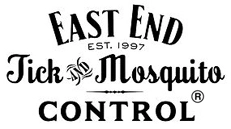Which Plants Attract Deer (And the Ticks They Carry)
Deer and mice are the main carriers that move ticks from one area to another, often spreading them right into your yard. provides solutions to reduce tick populations in your lawn and help protect your family from bites. Unfortunately, deer are incredibly difficult to keep out of residential properties, even with fencing or deterrents. That…
